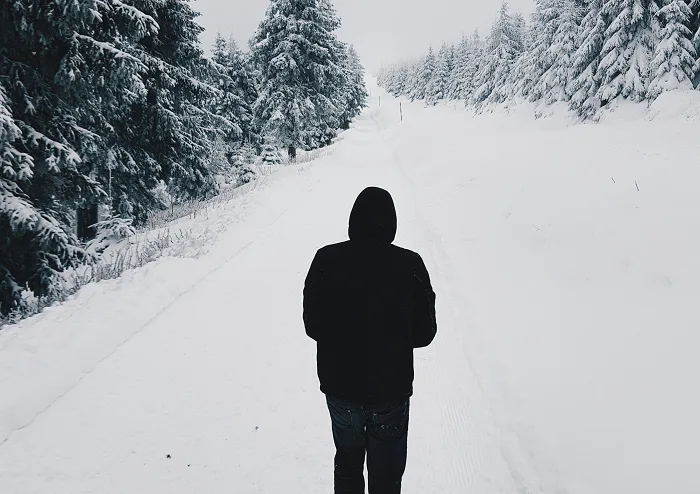
Study finds cold responsible for 94% of all temperature-related deaths
Cold-related injuries can occur year-round, according to the study.
During summer, extreme heat can lead to a series of complications that can cause long-term health conditions or, in some cases, death.
A 2015 study conducted in southern Ontario suggests that emergency room visits are 1.11 times higher during heat events when compared to a control group -- but a new study conducted by researchers out of the University of Chicago Illinois shows cold exposure could be an even greater risk to health, and that cold-related injuries can occur year-round.
During the study, cold temperatures were responsible for 94 per cent of temperature-related deaths.
METHODOLOGY
For their paper, the team examined nearly 50,000 inpatient and outpatient temperature-related injuries at Illinois hospitals between 2011 and 2018. Among these patients, 1,935 cold-related deaths and 70 heat-related deaths were recorded -- but researchers believe the number of cold-related deaths is, in reality, much higher.
"We found five to 10 times more temperature-related deaths by linking the hospital data to data from the National Weather Service and medical examiner's data," Lee Friedman, associate professor of environmental and occupational health sciences in the UIC School of Public Health and corresponding author on the paper, said in a statement.
"There are a lot more people dying from temperature-related injuries than is generally reported."
This may be due to differences in heat and cold-related deaths.
"Hypothermia results in an insidious physiologic response that is slow and progressive. While heatstroke tends to result in death within hours to days, hypothermia is much slower, and frequently death occurs after days or weeks," Friedman tells The Weather Network in an email.
Individuals who visited a hospital due to cold exposure often suffered from multiple health issues, including electrolyte disorders, cardiovascular disease, and kidney failure.
VIDEO: COLD WEATHER MYTHS
REDUCING THE RISK OF COLD-WEATHER INJURIES
Hypothermia occurs when the body's temperature drops to around 35C, causing organs to shut down to preserve the brain. Researchers found even mildly cool, above-freezing temperatures can trigger hypothermia -- but that depends on an individual's cold tolerance. Homeless individuals appear less likely to die from temperature-related injuries, possibly due to regular exposure to lower temperatures.
You can reduce your risk of cold-exposure injuries by:
Limiting outdoor exposure as temperatures begin to fall. "The body will adapt over time, but cold adaptation is interrupted if you spend most of the time indoors in climate-controlled environments," Friedman says.
When outside, wear layers to assist with heat retention.
If you are on medication, ask your doctor if your pills affect your body's thermoregulation. This is especially important for individuals aged 65 and older.
Recognize that cold injuries occur year-round and not just during the winter. In May, for example, an excessive heat event in California triggered a hypothermia warning when heat caused mountain snow and ice to melt and flow into Central California rivers and streams, where people often swim.
COMMON TRIGGERS FOR HYPOTHERMIC EVENTS
Seemingly harmless activities that could invite a hypothermic event include:
Drinking alcohol in cold temperatures.
Not wearing enough layers when outdoors.
Swimming in cold water.
BETTER COMMUNICATION NEEDED
"The main message from the paper was that considering climate change and the potential for both heat and cold-related weather extremes, improved awareness and education are needed ... for both the lay public, as well as public health professionals," Friedman said.
"Public health messages regarding temperature-related injuries should be tailored to the different climate zones which should include warnings regarding both heat and cold hazards, as well as messages about temperature acclimatization and adaptation.
We can’t presume that a single message for temperature-related injuries can apply to the whole country or world, and we can’t be blind to the risk of cold-related injuries as global temperatures continue to rise."
